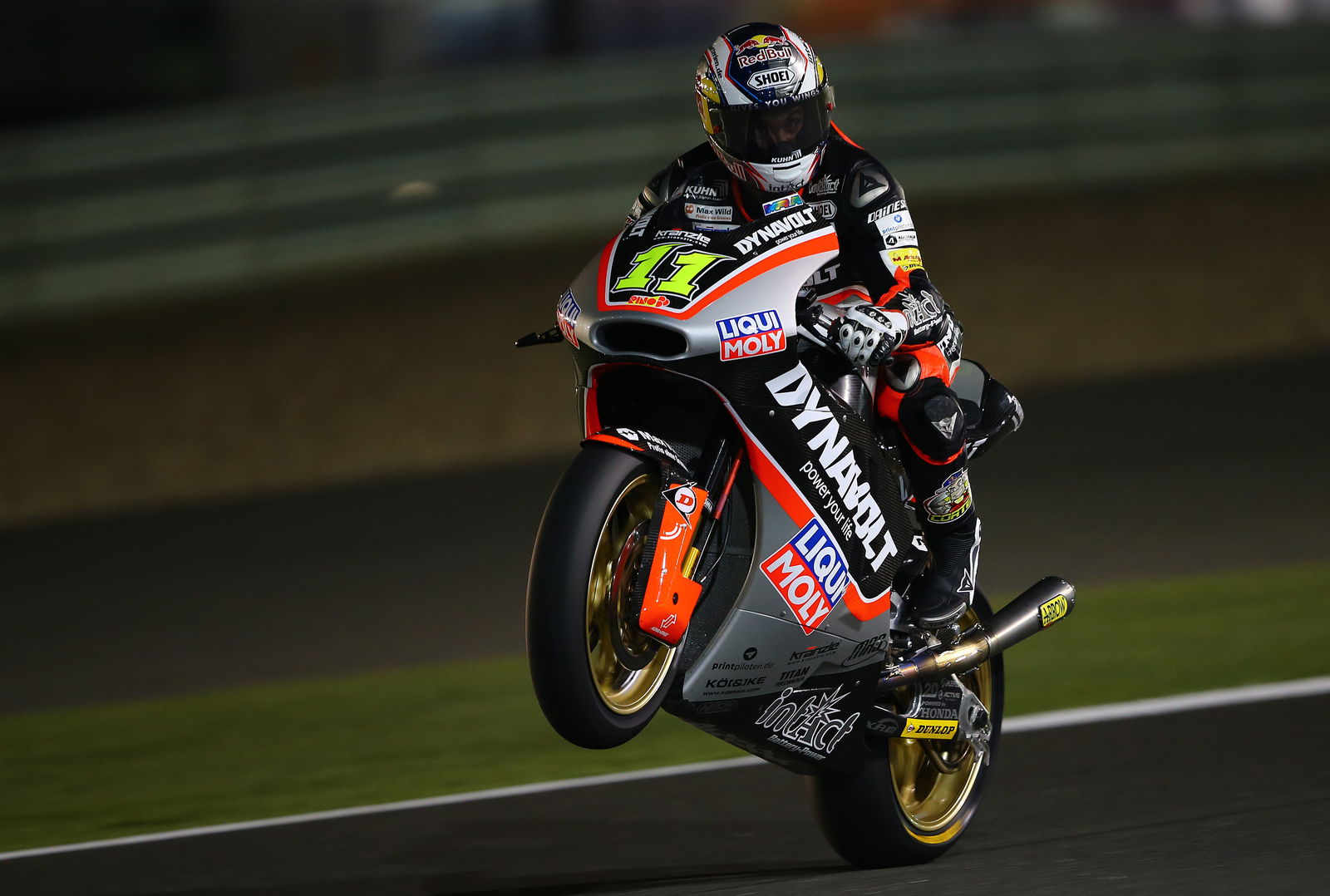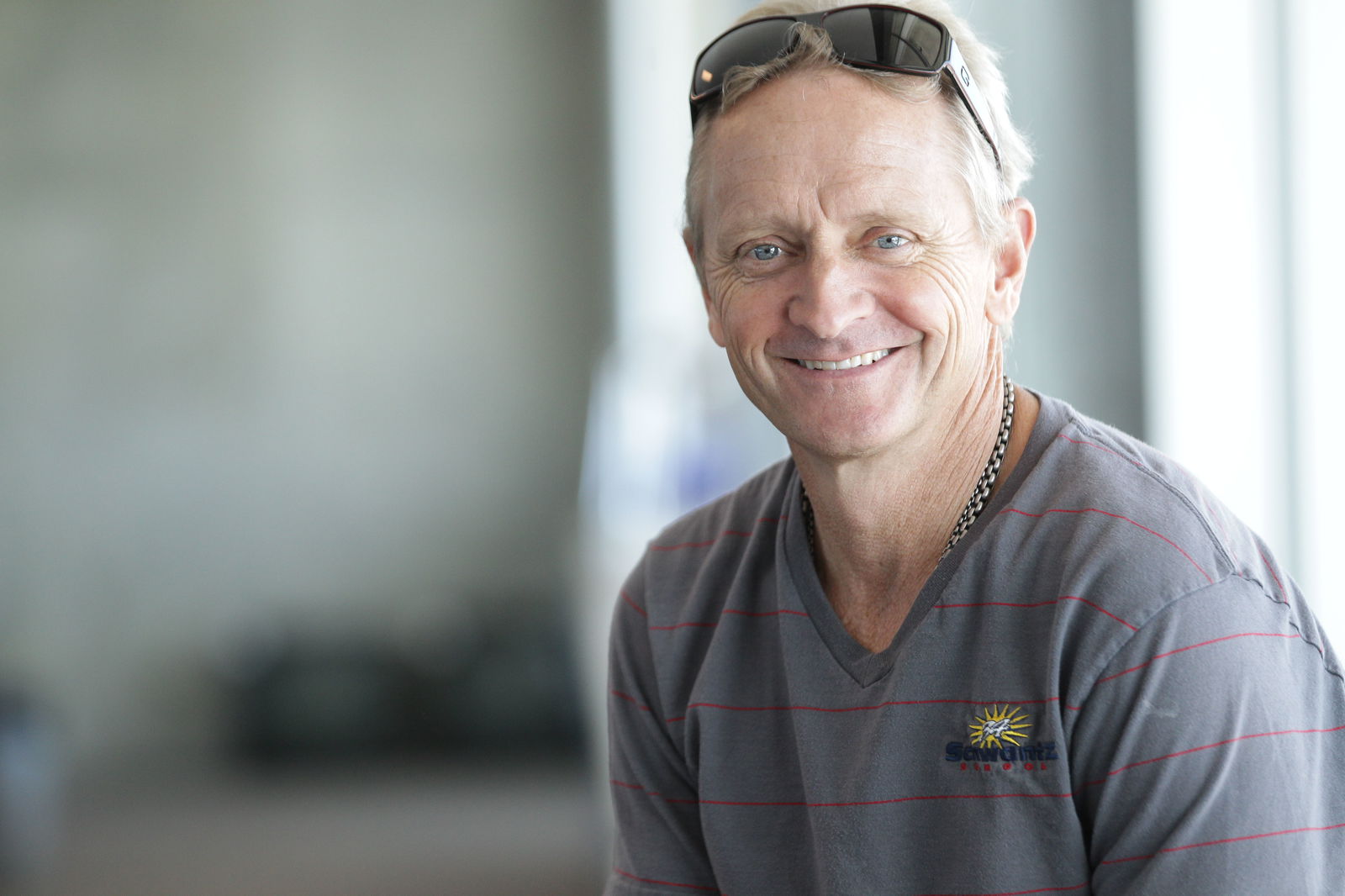Why was the MotoGP Honda RCV1000R short on fuel?

When Honda decided to build a fuel tank substantially below the 24 litre Open class limit for its new RCV1000R Production Racer, they obviously felt confident it could still finish a race at maximum power.
But at Qatar that wasn't the case, as Scott Redding explained:
"The tank holds 22.2 litres of fuel. I don't understand why when we can run 24 litres... They are changing it though, but it is what it is and we had to save fuel in the race, which was a new experience for me. If they bring a bigger tank [then] that's another step closer to the front pack."
In terms of phrases a rider doesn't want to hear about a new bike, 'We don't have the full amount of fuel' is probably not far behind 'We don't have the full engine capacity' or 'We're not at the minimum weight'.
Indeed, the whole point of being in the Open class is that riders can benefit from more fuel, engine changes, development and testing than the Factory class.
Of course, if a rider has plenty of engine performance and goes the race distance without needing to save fuel, then the lower tank size calculations are correct. This would appear to be the case for Ducati, which is also currently running under Open class fuel regulations and not using the full 24 litres on offer.
Ducati's Andrea Dovizioso was tied with the (20-litre) Factory Honda RC213V of race winner Marc Marquez for the highest top speed in Qatar and the Ducati riders did not appear to need to cut back on fuel in the race. Therefore whatever the Desmosedici fuel tank holds, thought to be 22-23 litres, would seem enough.
So why might the Ducati, with its much higher top speed relative to the Production Honda, be able to go the distance yet the RCV1000R run short if both appear to be using similar amounts of fuel?
After all, last year's version of the RC213V - on which the Honda Production Racer is based - was limited to 21 litres. So surely 22.2 litres on a lower performance, non-pneumatic valve engine should be plenty.
The answer could be that the Ducati and Honda RC213V, unlike the Production Racer, run their own advanced factory software.
The link between use of the standard ECU software and increased fuel consumption was first raised by Ducati Corse General Manager Gigi Dall'Igna, when it appeared that Ducati would be placed in 'Factory 2' regulations and need to use the Open ECU.
"You have to remember that the [Open] software does not have all the strategies to reduce the fuel consumption," said Dall'Igna, notably referring to the latest version of the software rather than the more basic version the Open teams are presently still racing with. "So 22.5 litres is not too much. For sure we would have to cut the power, not in all races, but in some races. So for us it is an important performance reduction."
Given that last year's 21-litre RC213V, like the RCV1000R for much of its early development, was running Honda's own ECU software this may explain why the fuel tank required for the Production Honda appears to have been underestimated.
One clear example of how less sophisticated electronics can burn fuel was provided my PBM's Michael Laverty, who only just finished the Qatar race with the full 24 litres for his Open class Aprilia engine: "We had so much wheelspin. I actually ran out of fuel on the in-lap, so I used all 24 litres. When you spin you're just opening gas and burning fuel."
Why didn't the Production Honda teams, given that they 'own' the bikes, simply modify the fuel tank themselves?
The answer is probably a bit like when you try to take apart a new laptop or mobile phone, only to find warning stickers placed across access to the components, stating: 'If this sticker is broken then the warranty is void'.


